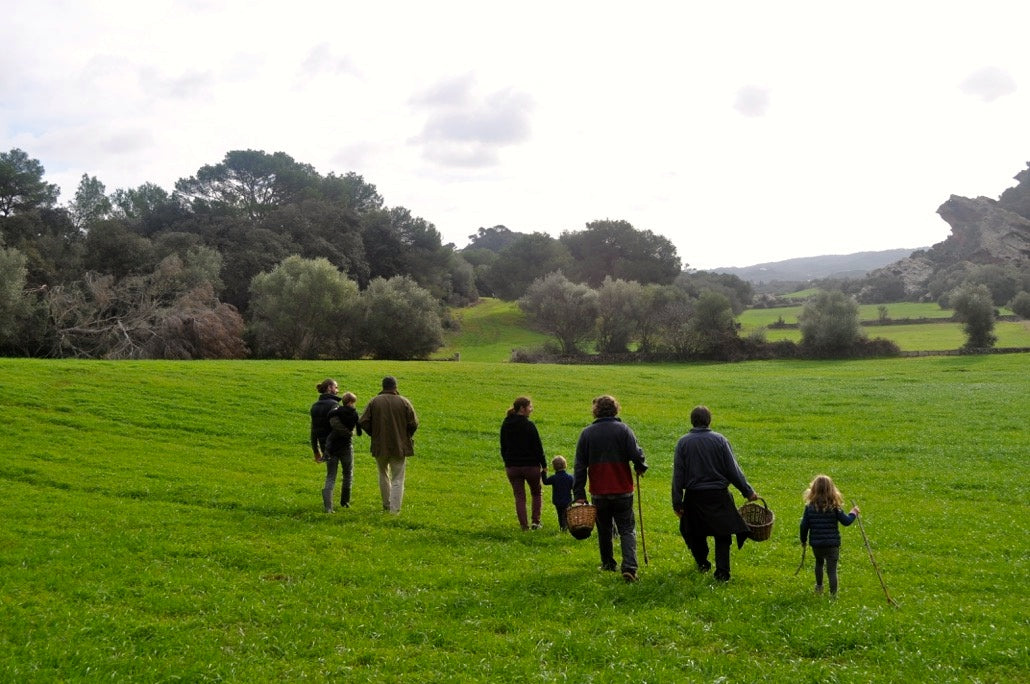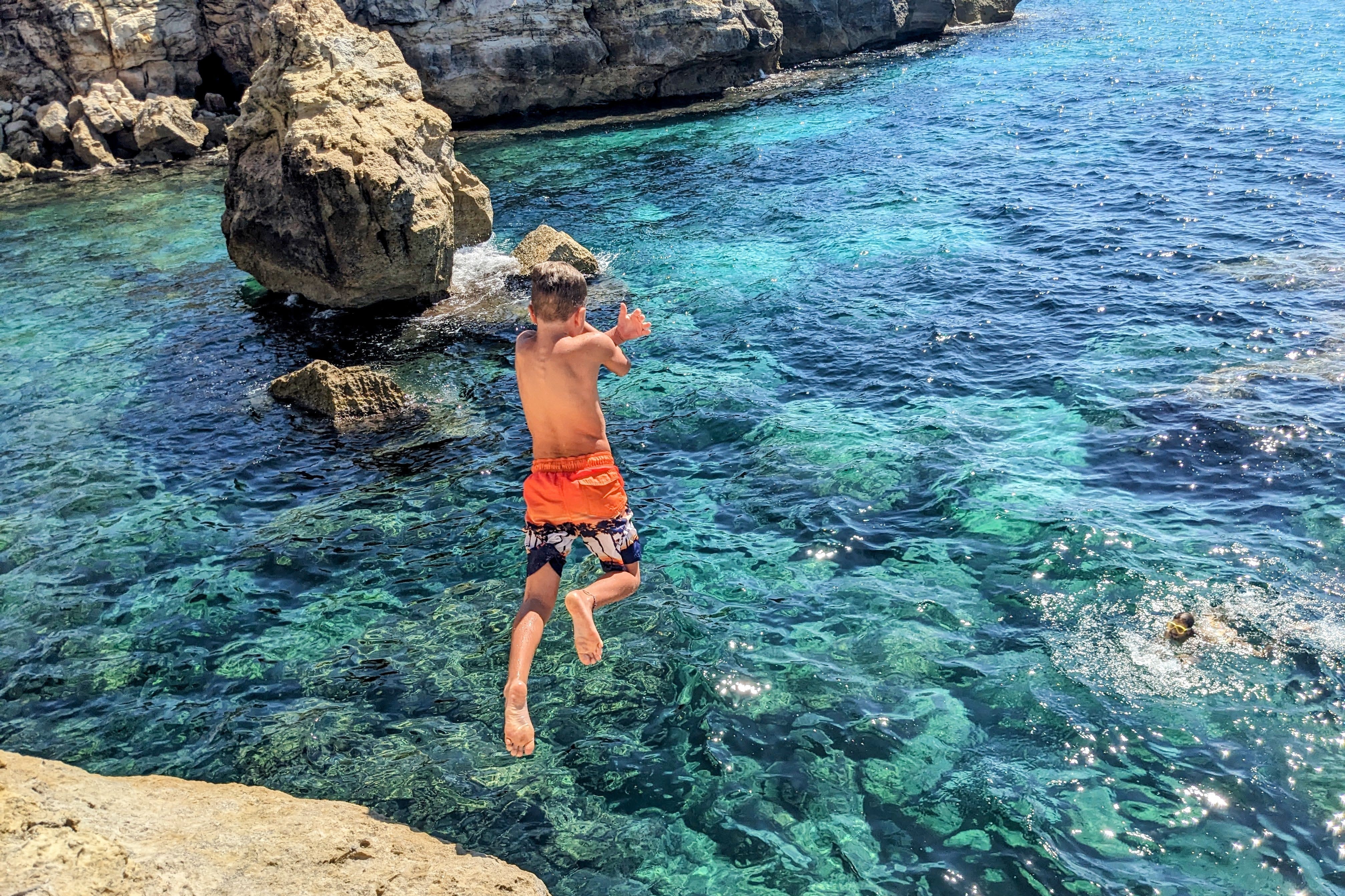As a UNESCO Biosphere Reserve, Menorca's landscapes offer a variety of edible plants, herbs, and other natural resources...
Foraged ingredients are a key part of Menorca’s traditional cuisine. Wild herbs and plants including rosemary (romero), thyme (tomillo), wild fennel (hinojo), and bay leaves (laurel) grow abundantly in the Mediterranean climate and are often used in local dishes. You might find wild fennel in oliaigua (a traditional soup), capers or herbs in sobrasada or wild, local mushrooms in stews or with grilled meats.
Wild asparagus (espárragos silvestres) grow in the spring in Menorca and wild figs (higos) ripen in late summer. Wild almonds (almendras) are found on native almond trees scattered across the countryside while carob pods (algarrobo) are a sweet, chocolatey pod grown on carob trees, sometimes used as a natural sweetener.

Menorca’s mild, damp autumn provides ideal conditions for wild mushrooms like boletus or chanterelles (rebozuelos). Always forage mushrooms with an expert to avoid poisonous varieties.
Edible flowers like the blue borage (borraja), are often used in salads or as a garnish and capers (alcaparras) can be harvested by picking the flower buds of the caper bush, commonly used in Mediterranean cuisine.
Guided Foraging
Several local guides and eco-tourism companies offer foraging tours in Menorca, combining education with hands-on exploration. Contact us for more information.


















Share: